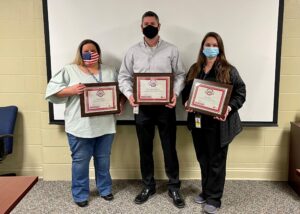By Gina Mayfield
In Calcasieu Parish, Louisiana, sits the Lake Charles plant of LyondellBasell, one of the largest plastics, chemicals and refining companies in the world. On one hot August morning, Safety Engineer Chris Chaisson went about his usual routine. “There was nothing really special what was going on that day. We were just making our rounds through all the security stuff, just checking things, seeing how people were doing and if there were any issues,” he says.
That’s when the call came in: “Man Down!” As Chris raced to the scene, he got word that EMS had already been dispatched, so he started delegating important tasks to those he encountered along his way: Go to the road and flag in the ambulance. Take the keys and open the guard gate. Guide the ambulance to come straight in and back up to the scene.
“As soon as I walked up to the patient, everyone backed away. It was a strange feeling like I had some kind of specialized training that they didn’t,” Chris says. “That was a little different than what I would have expected. I would’ve expected to help, not be expected to lead.”
As the crowd parted, Chris saw a CPR and AED-trained maintenance supervisor using an AED to analyze the heart rhythm of the patient, one of the site’s millwrights responsible for maintaining the plant. The AED provided instructions on how to proceed. About the same time that EMS arrived, so did Dawn Hinton, the on-site nurse practitioner, and Amanda Hebert, the security account manager for the site.
“EMS allowed the three of us to rotate as we continued to provide CPR,” Chris says. “They believed we were doing a good enough job, where they didn’t even take over.”
Eventually, the AED stopped recommending shocks. “We got a good rhythm on him, got him stabilized and into the ambulance,” Dawn says. At the hospital, it was no surprise when doctors determined the patient had gone into cardiac arrest. The next day they implanted stents to correct a left main artery almost 100 percent blocked. After a few days, the hospital released the patient to a very appreciative wife.
“The beautiful thing about this scenario is the amount of response we had,” Chris says. “We probably had a dozen people who were involved overall.”

He offers a valuable reminder. “These medical emergencies can happen anywhere, anytime. Having the ability to respond is everything, like in our situation, as soon as we walked up everyone drew back. They expected us to do something about it. So you might find yourself in a situation in which you’re viewed as the leader of the response. You want to be prepared.”
The plant offers CPR training on a regular basis for its electricians, supervisors and others who want lifesaving education. “The most important thing is having multiple trained, responders on site and an AED that’s readily available,” Chris says. Within less than three minutes, employees had the AED on the patient and were performing CPR.
“Those cycles of giving compressions and resting were so important to us because that allowed us to have the bench strength to recover. Providing quality CPR takes a lot of energy. The ability to have three to five people able to rotate in and out made all the difference,” Chris says. “We had all the help we could ask for. It was a picture perfect response.”
